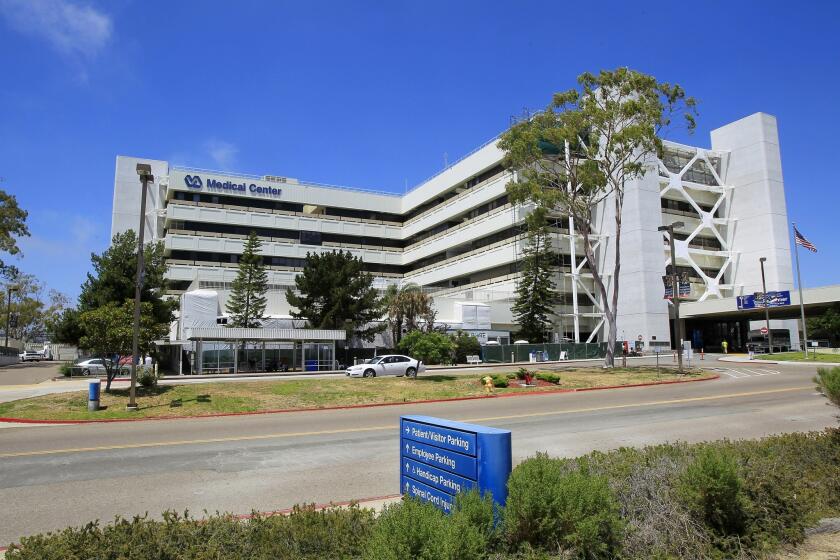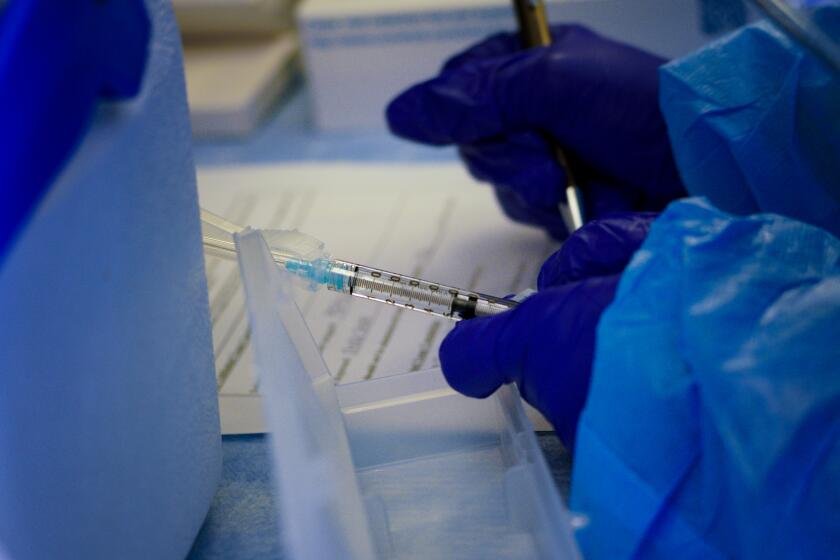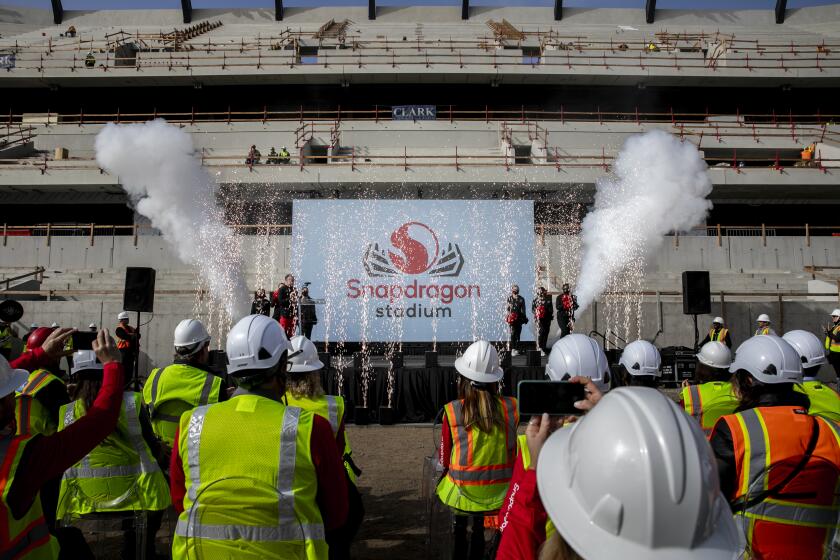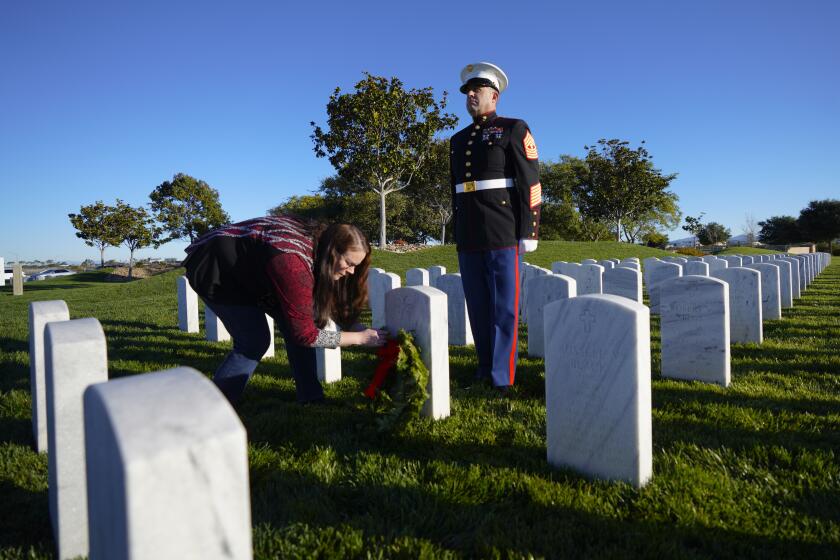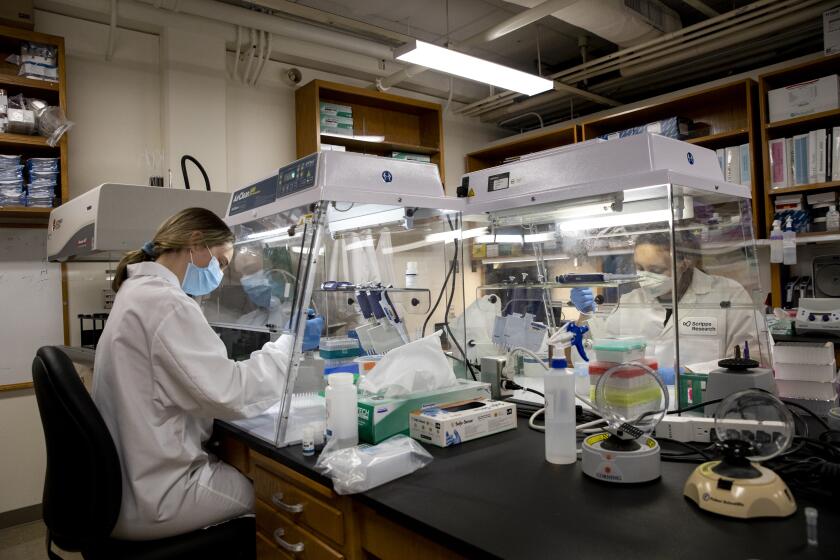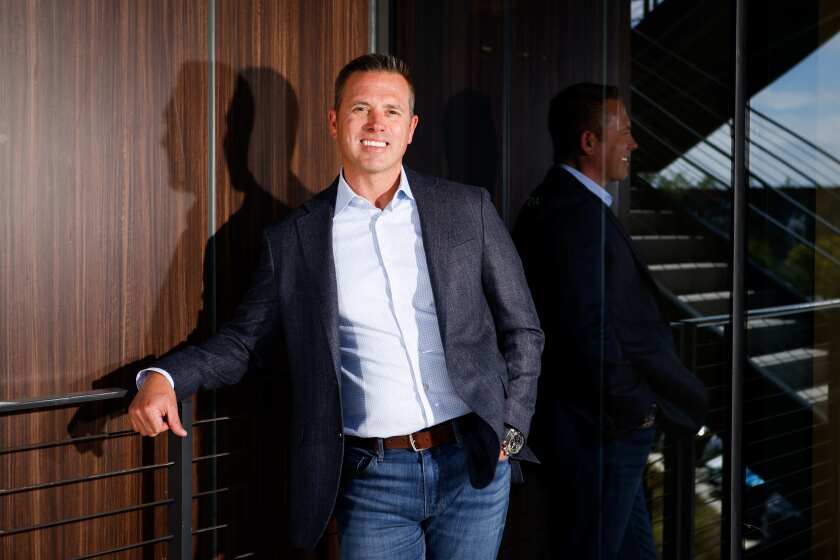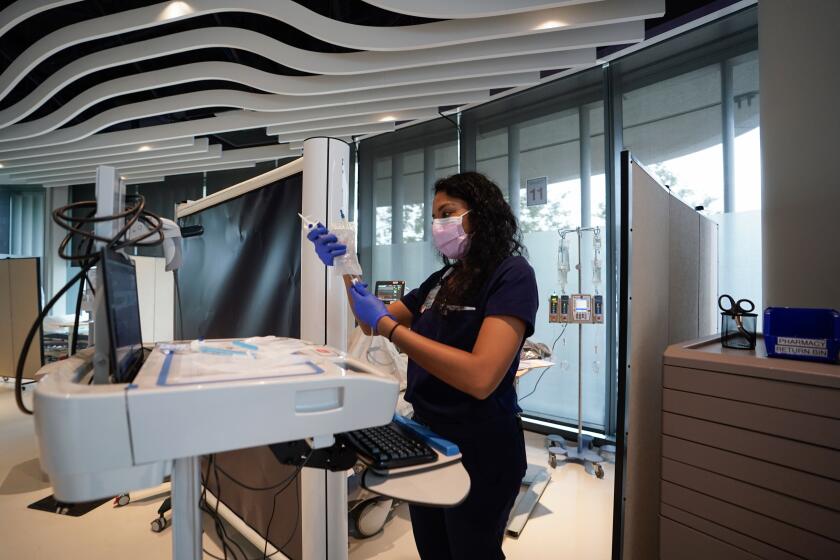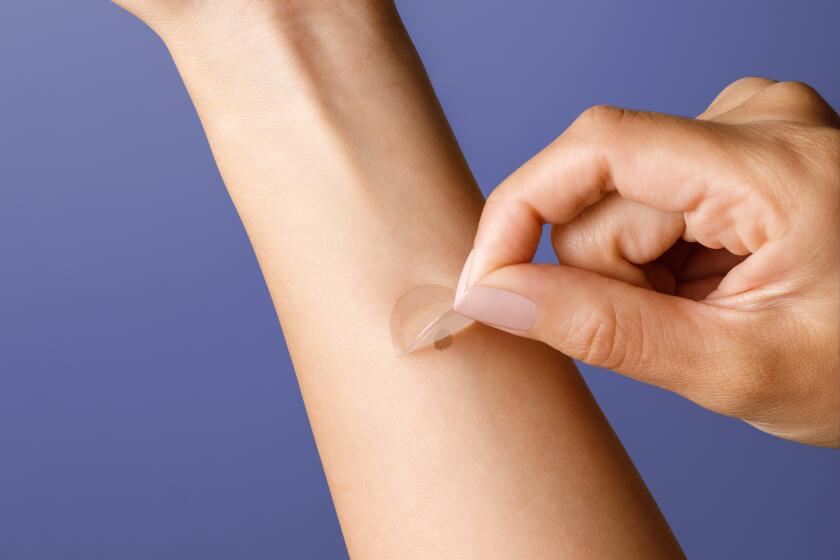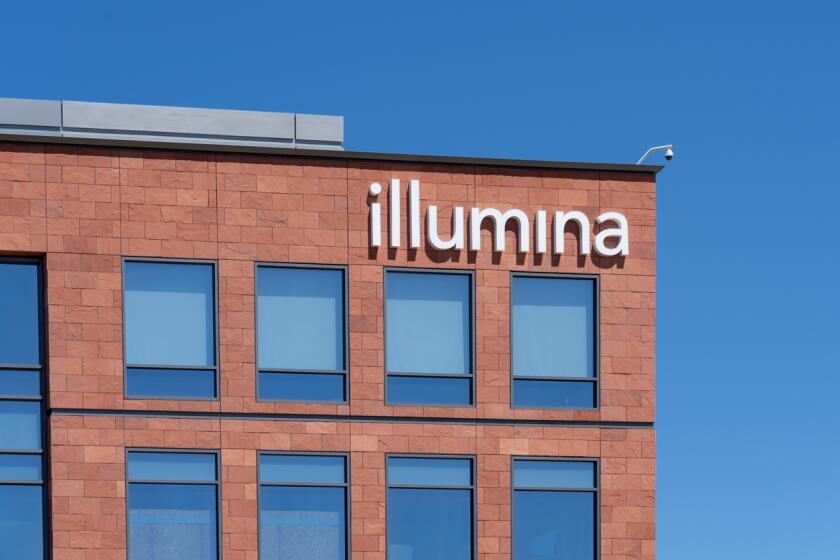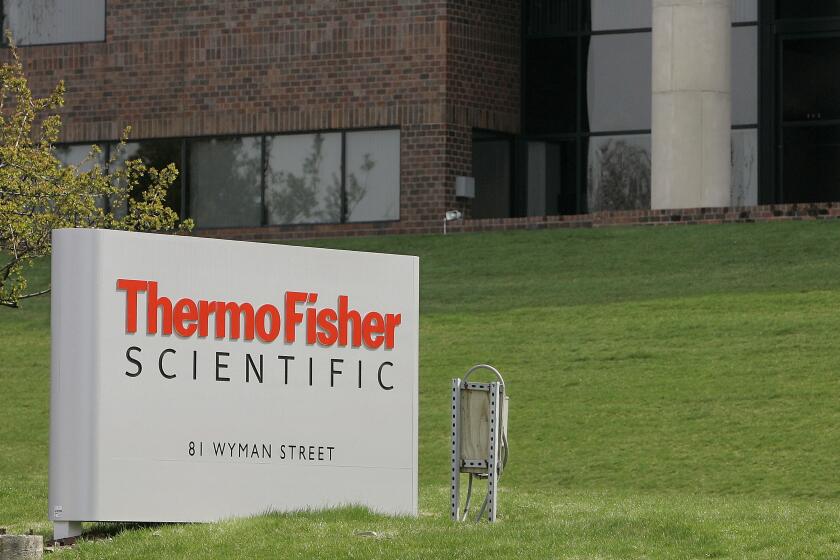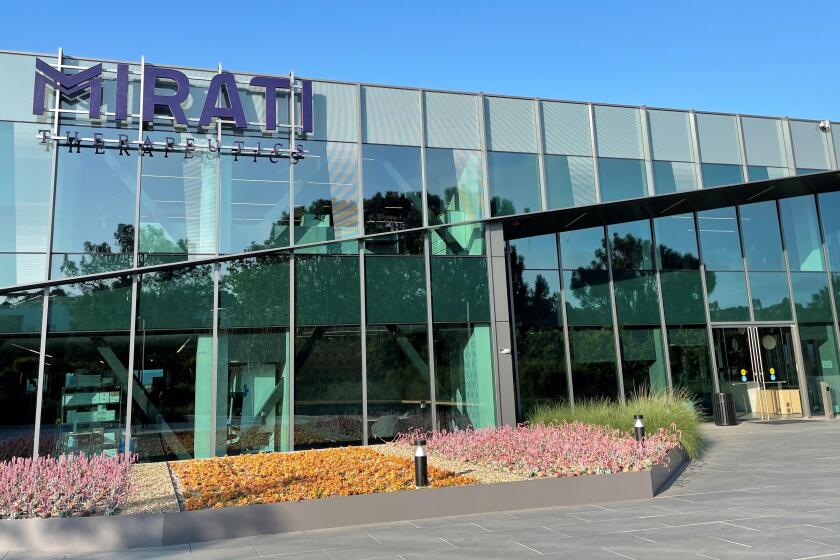San Diego’s COVID-19 vaccine rollout set to begin in days, with demand exceeding supply
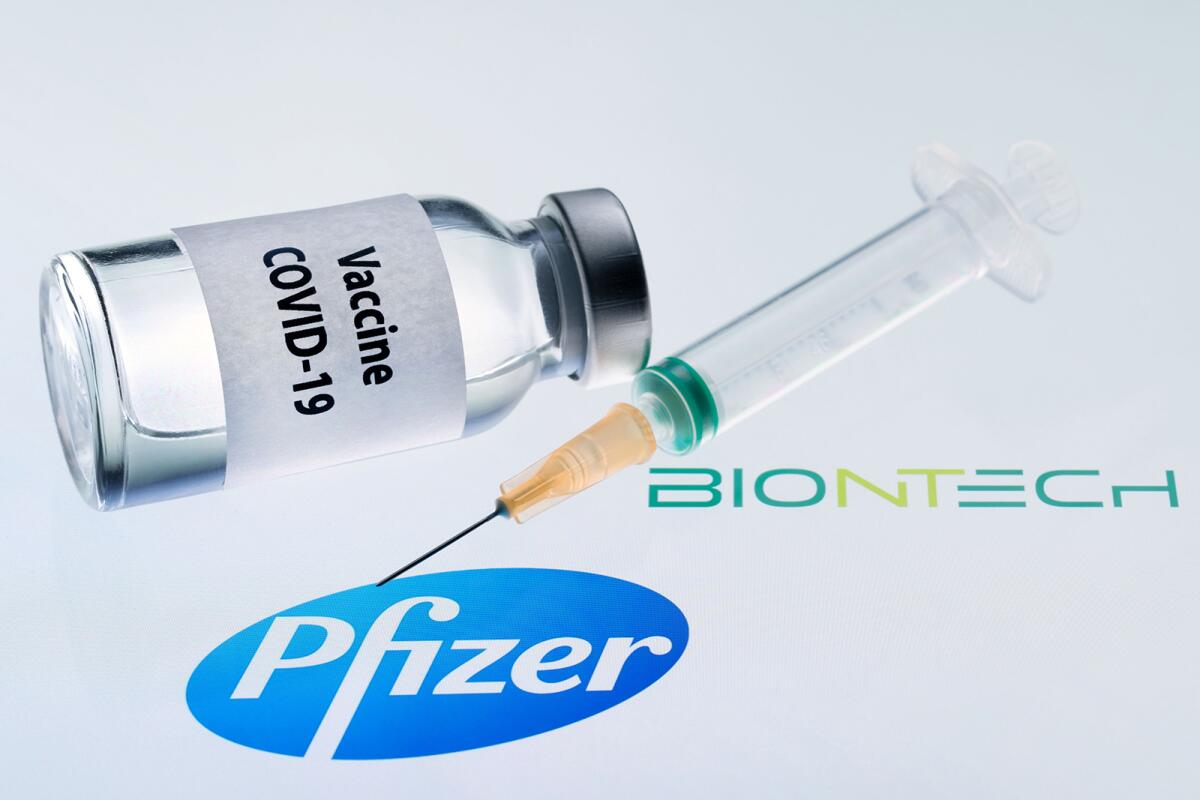
The county expects its first 28,000 doses to go to health care workers at high risk of exposure to the coronavirus
After nearly a year spent adjusting to shutdowns and isolation, San Diego will soon have the one tool that could eventually restore life to some semblance of normalcy: a COVID-19 vaccine.
“We anticipate that sometime early next week, if not on the weekend even, that we will get vaccines,” said county public health officer Dr. Wilma Wooten in a press briefing earlier this week.
But don’t put that mask away just yet, or expect that you can get a vaccine any time soon. County officials expect the region to receive an initial shipment of 28,275 doses of Pfizer’s vaccine. San Diego County is home to 3.3 million people, and a vaccine likely won’t be widely available until the spring at the earliest.
Those first doses will go to hospital employees who are regularly exposed to COVID-19 patients — including doctors, nurses, custodial staff and security. The limited supply will only cover about 70 percent of San Diegans who fall into this group, according to Wooten.
UC San Diego expects to receive 2,900 of those doses by the end of the weekend and hopes to begin vaccinating front-line health workers early next week, said Dr. David Brenner, the university’s vice chancellor for health sciences.
“People who are most at risk will get it first — people in the (Emergency Department), people in the ICUs, then it goes down to people doing procedures, then down to people doing consults, and people in the laboratories,” Brenner said.
The doses will be placed in freezers at one of UCSD’s hospitals, likely Jacobs Medical Center in La Jolla. Dr. Susan Little, who helped plan how UCSD will allocate those doses, says that vaccination will be voluntary for the foreseeable future.
“Frankly, we don’t have the time or the energy to be forcing people to be vaccinated who don’t want it when we have so many people in line who do want it,” she said.
The Union-Tribune reached out to other hospital systems in the county and learned that Palomar Health, Scripps Health, Rady Children’s Hospital, Paradise Valley Hospital, Alvarado Hospital Medical Center and Sharp Health all expect to receive allotments from the county’s first batch of vaccine, though none knew exactly how many doses they’d get. The U-T did not receive immediate responses from Kaiser Permanente or Tri-City Medical Center.
The San Diego VA is ‘disappointed’ not to be among the first to receive vaccines, but it expects to have them by Christmas
Pfizer will ship vaccine doses directly to three locations in San Diego: UCSD, Rady and the county itself, which operates the San Diego County Psychiatric Hospital. Each location is equipped with the ultracold freezers needed to store Pfizer’s vaccine, which must be kept at minus 94 degrees Fahrenheit — about the temperature of an Antarctic winter.
The county submitted its COVID-19 vaccine distribution plan to the state Tuesday and plans to share the document with the public soon, according to Nick Macchione, director of the health and human services agency.
Based on guidance from the state, the county plans to give a single dose of the vaccine to about 28,000 San Diegans, spreading the supply as far as possible. Pfizer’s vaccine requires two injections. That second shot will have to come from a future shipment, which the county expects to receive three to four weeks later. In Pfizer’s clinical trial, participants received their shots exactly 21 days apart.
“The exact timing I don’t think matters that much,” said Dr. Davey Smith, an infectious disease expert at UCSD.
What does matter, Smith says, is that people come back for the second booster shot, which will give them longer, stronger immunity against the coronavirus. Pfizer’s two-dose vaccine is about 95 percent effective in preventing you from getting sick from COVID-19.
Researchers worry that side effects that are a bit stronger than those of your typical flu vaccine could keep some participants from coming back after their first shot. Some San Diegans in Pfizer’s clinical trial told the U-T they experienced temporary fever, chills and muscle aches after getting their shots — typical side effects of any vaccine.
San Diego trial participants say you might feel achy, feverish or tired after your first or second shot. But those symptoms will pass
On Thursday, a team of researchers on the Food and Drug Administration’s vaccine advisory committee reviewed everything scientists know (and don’t) about Pfizer’s vaccine. After a marathon nine-hour discussion, 17 of 22 committee members voted to recommend that the FDA authorize the vaccine.
It was a monumental vote, but it wasn’t a hard one, says Dr. Mark Sawyer, an infectious disease expert at Rady Children’s Hospital and one of the committee members who voted in support of the vaccine.
“We have no other mechanism to blunt the pandemic except the vaccine,” Sawyer said. “And there were no serious, concerning or obvious side effects that made anybody worry. So, in that sense, it was pretty straightforward.”
Sawyer sits on another advisory committee created by California Gov. Gavin Newsom to review the safety and effectiveness of any would-be coronavirus vaccine. That extra review is meant to reassure people rather than slow the vaccine’s rollout, Sawyer says, noting that the committee is meeting Saturday to issue a recommendation on Pfizer’s vaccine, which the FDA authorized Friday evening.
He’s quick to point out that the imminent rollout of a vaccine doesn’t mark an immediate end to the pandemic, and that it won’t stop the current surge in COVID-19 cases and hospitalizations in San Diego and across the nation. Only basic public health measures can do that, Sawyer says.
“Until a lot of people get this vaccine, if we don’t do better with masking and distancing, we’re going to continue to see the kind of numbers we’re seeing right now.”
Get U-T Business in your inbox on Mondays
Get ready for your week with the week’s top business stories from San Diego and California, in your inbox Monday mornings.
You may occasionally receive promotional content from the San Diego Union-Tribune.
